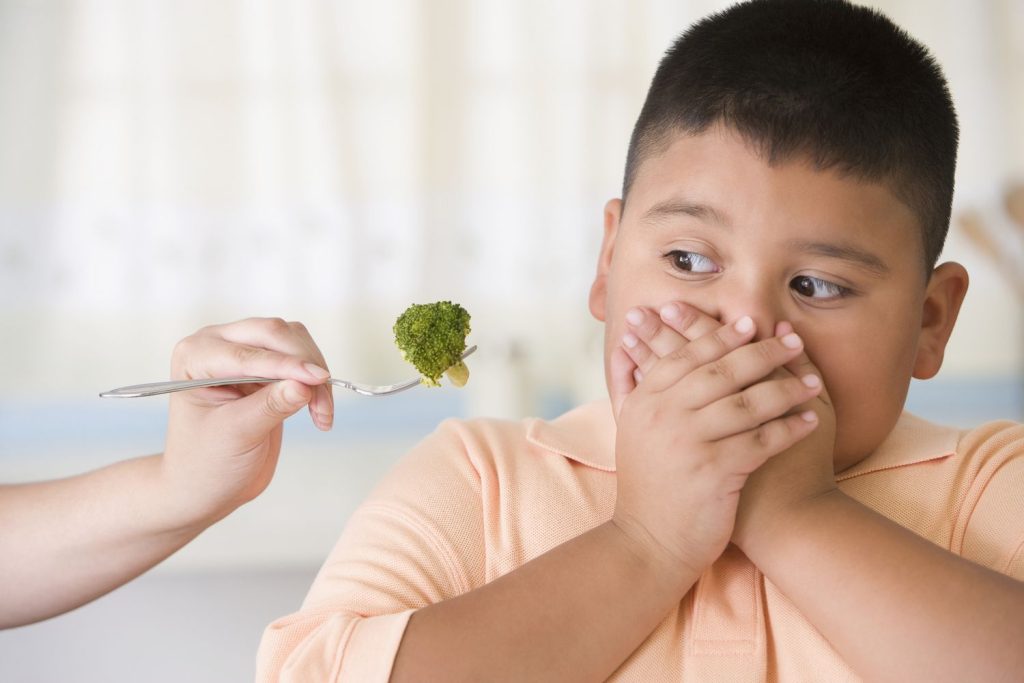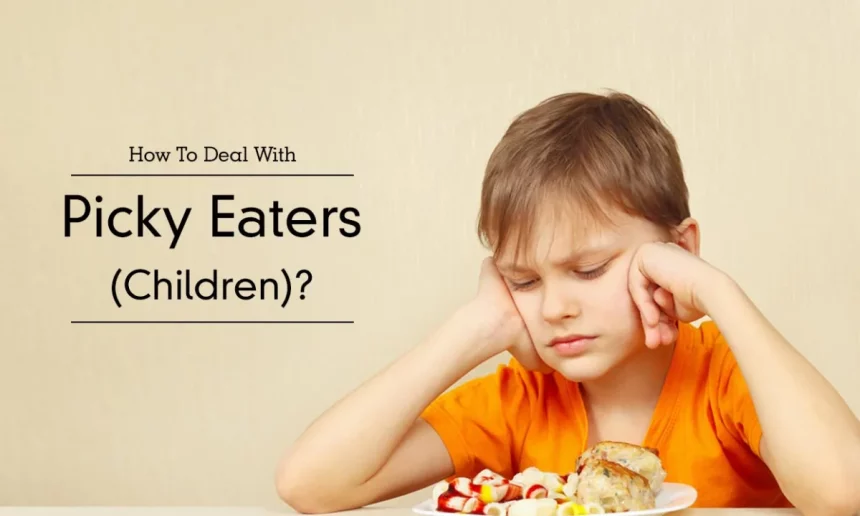Do you prefer you are not alone Find out why kids choose food and what you can do.
There are few things more frustrating than trying to make delicious and nutritious foods and having your child refuse to eat them – especially when you know your child wants to try them. Again, fingers crossed that your baby will eat, it’s common to be picky from an early age, and all the organic food in the world isn’t helping kids. Luckily, chemists and expectant mothers have some tips for dealing with picky eaters.
Why do children choose to eat?
And Melanie Potok, CCC-SLP MA, pediatric nutritionist and author of Raising Healthy, Happy Picky Eaters , says there are so many things kids love, but dislike, from nature to parenting. It usually happens that when this happens it must be related to the cause. For some reason, this is the stage most kids go through. And finally they grew up thank God.

When do kids go crazy?
Food choices can become a normal part of a child’s development when growth slows and the child begins to question his or her independence. Although it can start as early as 18 months, babies often choose what they eat. Adina Parson is a blogger and foodie
Part of managing changes in a child’s behavior is managing expectations, Pearson said. “At this point, they can still resist traditional food,” Pearson said.
What attracts pickers?
There are many reasons why kids like it and don’t like it. The most common food choices include;
- Personal instincts. Many studies suggest that rejection of non-strong foods, especially bitter vegetables, is an evolutionary strategy for young children to protect them from poisonous plants.
- Delay from birth to age 2. The child will develop at an abnormal rate. If the taste is good, the child’s appetite is normal. – Said Pearson’s parents often challenge this restriction on food choices.
- They need independence According to Pearson, as babies grow older, their need for independence has increased. And one of the easiest ways to be independent is to have the confidence to control your food intake.
- Tendency to form bad habits. Studies have shown that the diets of caregivers and peers can also have a huge impact on how and what children eat. They will be more likely to do so when they see their peers refuse to try new foods or eat healthier foods. the more likely you are to replicate such behavior.
- Health problems. Your child’s food choices may be for health or physical reasons. impaired oral abilities (for example, vigorous chewing or swallowing), the texture of the gastrointestinal tract, the effect of smell and taste, anxiety and autism. We recommend that you consult a physician about your concerns. About your child’s food choices
How to deal with hoarders
I can’t help it: as mothers, we have an innate need for our children to be happy, for thousands of years after children begin, when do they stop eating well, whether they are our children or ours? The effects of bad food are often intensified when they are stuffed, fed or follow their desires.
In addition, children’s hunger levels change from day to day. “Your appetite will come in waves,” Pearson says. “There are days when babies seem to ‘breathe,’ they swallow air, eat like birds, and then suddenly have an appetite.” We are more connected to our bodies than adults realize, she says. Involuntary eating can eventually backfire
Potock relies on what he calls the “Three Gees” when cooking for diners.
- Release. giving diners a new culinary experience for choice. Through experiences like gardening and going to the grocery store
- Explore. Let children explore food while having fun. Don’t be afraid to involve the kids in cooking.
- Increase. Those who choose to expand their space and start introducing new types of food will find it much easier.
The best food for diners to choose from
Every baby is picky eaters in their own way and this can vary from diet to diet so it can be difficult to know what to feed a cold little baby. There are certain types of food that most kids like because they can be custom made. It’s also a great way to cover (and introduce) new flavors and vegetables too! These include;
- The smoothies
- Kofta is the one
- Pancake (Pancake).
- The cupcakes
But ultimately you want food pickers to be familiar with the foods your family eats the most. Whether it’s lasagna or enchiladas, says Potok. Check out our tips below.

How to introduce discerning eaters to new foods?
Besides faking food packaging as mentioned above, there are many other techniques to make new dishes look refined. Here are some expert tips for getting snackers onto a new diet.
- Instead of serving tacos and salads, for example, try to “digest” the meal. Put some of these in your child’s bowl, Potok says, and soon after, the appetite itself may eat both at the same time.
- Small gifts. Try not to disturb your baby by introducing new foods.Potok often recommends no more than a tablespoon. (This way, food isn’t wasted if the person choosing it doesn’t already like it.) You can also ask your child if he or she prefers a larger or smaller spoon.
- Try new foods. repeatedly It can take up to 15 trials for your child to tolerate certain foods, Potok says, and several months. Many parents offer three or four meals and then give up, but the trick is to keep it. “The first time or 100 times my daughter refuses, but I keep feeding her,” he says.
- Make minor changes. Another option is to take away the preferences of those in a hurry and change just one thing. Whether it’s introducing different shapes, flavors or fillings, and the kids, Potok said. It was common to just eat chicken nuggets and kiss chicken fingers.
- Mix new foods with your favorites. Instead, give your child a new bowl and expect him to eat it. Instead, pair it with foods she knows she’ll like, says Emily B.: The mother of a 5-year-old whose husband says she recommends it. “For each meal he offered one food he really wanted to eat, something edible (something he had tried before but didn’t necessarily like), and something new to him (something he had tried before but didn’t like ‘t necessarily like) and he was going to eat it. You want to try.” I have a lot of pressure from everyone. Because I know you always have something appetizing on your plate.”
- Encourage at least one bite. “We have rules in our house,” said Lychelle H., a mother of two. If you don’t like it, don’t eat it, call it,” Potock offers the kids. This wears off after tasting the new food. Perhaps not.










